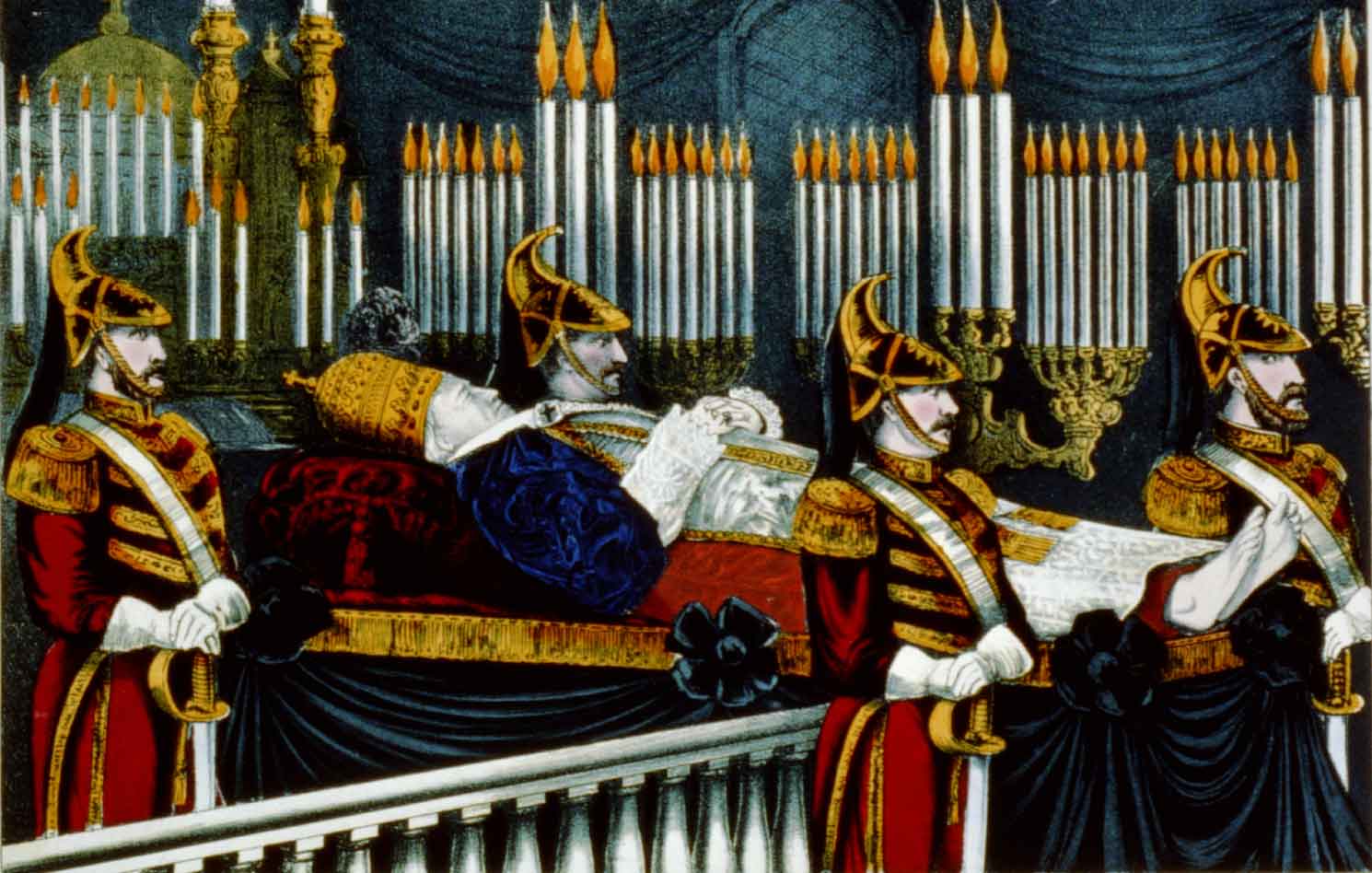Not even the almost two millennia of history that separate us from the construction of the Baths of Caracalla have diminished the majesty of the remains that we can admire today.
Sumptuous and symbol of wealth, the Baths of Caracalla conquered the Roman people with their marble walls, frescoes and wonderful mosaics. Those that today we can discover thanks to several restoration campaigns, while trying to imagine the immense project that created between 212 and. 217 A.D. Emperor Lucius Septimius Bassanus, known precisely by the nickname of Caracalla that had been given to him for his habit of wearing a tunic of Gallic origin with a hood.
The spa was built near the Circus Maximus, building a new aqueduct fed by an additional spring and became the most impressive spa complex ever seen in Rome until the fourth century, when the baths of Emperor Diocletian were built.

turismoroma
The mosaics of the Baths of Caracalla were on the floor of two exedras in the libraries of the spa complex, divided into square or rectangle shaped panels, representatives wrestlers and boxers of the Roman era.
The athletes depicted by the mosaics have their hair collected in cirrus, the traditional tuft behind the nape that distinguished the sportsmen of the Roman era and the arms of the boxers are protected by leather, cloth and metal baskets.
The wonderful mosaics perfectly represent the vigorous muscles of the athletes but not only: you can also observe the judges of the race easily recognizable thanks to the toga they wear.
Although the baths date back to the third century A.D. it is assumed that a restoration work, which took place in the fourth century AD, would bring changes to the mosaics and the entire structure.
From the remains of the mosaics you can still see the original chromatic shades: green, yellow, red, white and black. Some of these are then preserved elsewhere, such as the mosaics on the ground floor, reassembled at the Vatican Museums.

agapeuno
In 2015 a great restoration work was started that involved the mosaics of the Baths of Caracalla: the works, curated by Anna Borzomati and Marina Piranomonte, were financed by Bulgari who was then inspired by this work for one of his collections.
Over the years, luxury brand has been committed to the enhancement and recovery of the monuments of Rome, the city where the Greek jeweler Sotirio Bulgari opened his first store in 1884, financing the restoration that involved the Baths of Caracalla and its mosaics in 2015 and before that in 2013, that of the mosaics in the eastern part of the Gym and preceded a third work of recovery of the mosaics of another part, more extensive, of the floors.
The statements of Piranomon, one of the leaders of the works, suggest how wonderful there was still to be discovered, and to be saved, in these ancient mosaics but above all make an idea of the majestic splendor that the Emperor Caracalla wanted for his spa complex: The marbles make up the complex come from the four corners of the world: there is the Egyptian porphyry, the ancient yellow of Tunisia, the serpentine of Sparta and a white of the Peloponnese. A painstaking work done by the stonemasons.»

finestresullarte
What was the reason for the success of the Baths of Caracalla? Certainly their magnificence was undeniable but the ancient Romans had other reasons to give so much importance to the spa.
For them it was not just a place where they could have a pleasant bath, real need since, at the time, in the houses there were no toilets or running water; the baths, for the Romans, were a place where they could take care of the whole person, of body, mind and spirit.
Moreover, these were made available to all because they were free: easy, therefore, to understand the reason for their popularity with the Romans.
After all, it was the Romans themselves who declared that the baths were one of the three pleasures of life: balnea vina venus corrumpunt corpora nostra sed vitam faciunt, that is “Baths, wine and love send us to hell but make life beautiful”.
Copertina: cultura



